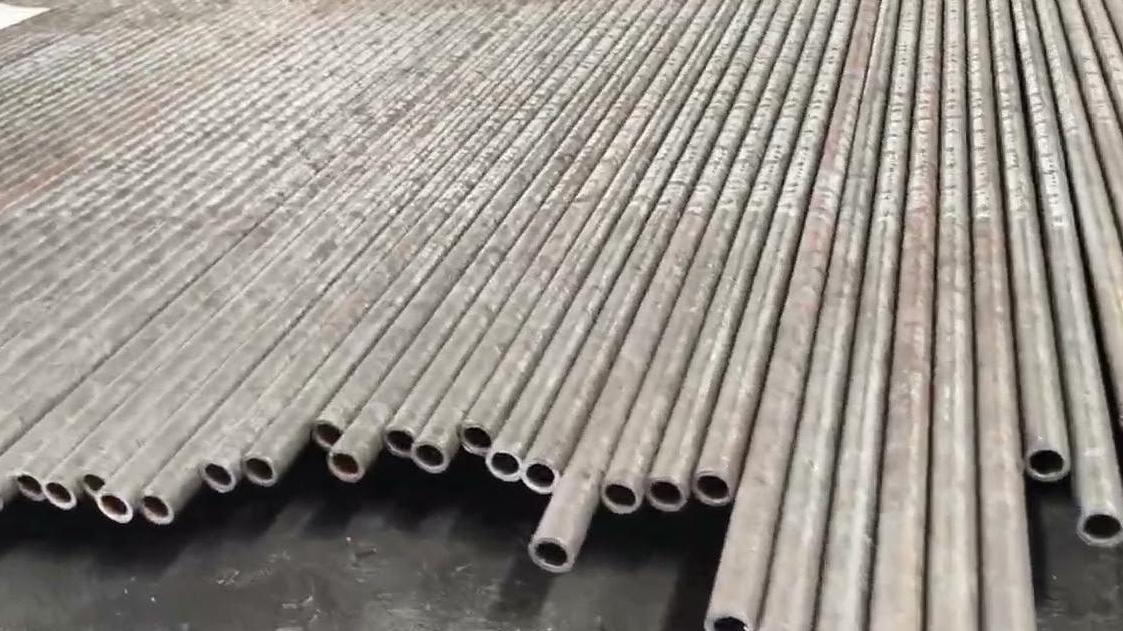ASTM A500 is a standard for structural steel tubing that construction and industry work heavily depend on, so let’s talk about it. Carbon steel tubes are constructed to serve for major structural constructions like buildings and bridges. They come in welded or seamless versions. The most popular versions of this standard are A500 Grade B vs C. Although both have strength and toughness, they differ remarkably in costs, performance, and application. Knowing these differences allows for easier material selection for various projects.
What Is ASTM A500?
The American Society for Testing and Materials (ASTM) established a standard for carbon steel structural tubing, which it identifies as A500. The manufacturing industry, along with construction and infrastructure works, selects lying steel pipe because of its reliable performance and high toughness. This standard is available in Grade B or Grade C, and they are mostly in stock in junior pipe supports. Each grade in this standard has a set of mechanical characteristics that determine its strength, cost, and broadest possible area of application.
Strength Comparison: Grade B vs. Grade C
The differences between the ASTM A500 Grade B and Grade C consist of strength. It is also Grade C’s advantage for heavy-duty applications that have a higher yield and a tensile strength better than Grade B. Grade B A500 includes a minimum yield strength of 42,000 psi and consists of a minimum yield strength of 58,000 psi. These parameters are adequate for typical building elements such as pillars, rafters, and even light fabrications. Grade C A500 has a yield strength of 46,000 psi, with a further sealed minimum yield strength of 62,000 psi. The sealing portion makes it preferred where higher loading or bending deflection needs to be sustained. The most conspicuous features of Grade B are its higher strength and lower price. On the other hand, if a Grade B member has considerable requirements for immense RCS and durability, then Grade C will meet these RCS effortlessly and economically.
Cost Differences Between Grade B and Grade C
Another aspect that must be considered when selecting Grades B and C is the cost. Economically, both grades are less expensive than other high-strength steel materials but differ in pricing, which is also logical. The most economical grade is Grade B. This alloy is less costly because it is simple to produce. Due to its lower yield and tensile strength, it is also less costly to drill and machine. This alloy is ideal for projects where maximum strength is not required, but some toughness is required. However, the costs are justified for such projects that necessitate excellent load-bearing strength. In addition, Grade C saves money over time by avoiding structural failures and reducing maintenance costs. The difference between the grades comes down to whether opting for more strength with Grade C achieves the best value for money or whether the sufficient power of Grade B is enough for a better price.
Applications of Grade B and Grade C
Grade B and Grade C can both be used in structural applications, but the difference in their mechanical properties means they target two separate markets. Grade B is frequently specified in general construction, building frameworks, and light structural supports. It is also applicable to handrails, fences, and signposts, and smaller bridges. The material's blend of strength and economy makes it suitable for many economic sectors. Grade C is commonly preferred in construction works where there is a requirement for a substantial degree of support. This grade can also be used in skyscrapers, massive bridges, or other infrastructure pieces which require much more than the standard load-bearing capabilities. It is also used in cases where there are vigorous vibrations, static or dynamic impact, and stress, like in industrial machinery supports. In some cases, grade A and grade B are combined, and where different parts of the structure bear different loads. The selection of the appropriate grade is determined on a case-by-case basis; every project has its own set of predetermined requirements.
Conclusion
Grade B and Grade C of ASTM A500 have certain distinctions in strength, cost and performance, but both bear similarities to construction and industrial use. Grade C is ideal for heavy-duty applications, whereas Grade B is more economical and meets the requirements of general structural work. As discussed earlier, the right grade selection is subject to the specifications required in a project. Effective frameworks, signposts, and lighter parts can be made from Grade B. Buildings and bridges exposed to vigorous conditions are built with greater challenges using Grade C steel, which provides strength. Understanding these nuances allows decision-makers to achieve the project goals while saving time and money on the required safety and effectiveness standards for the projects.


